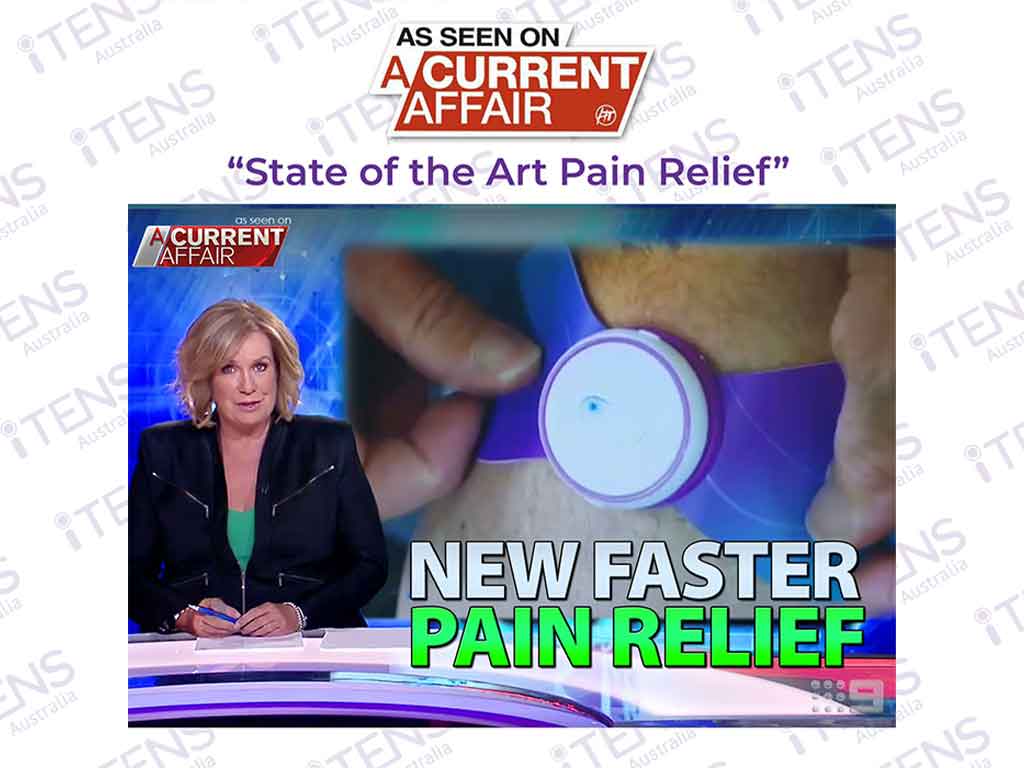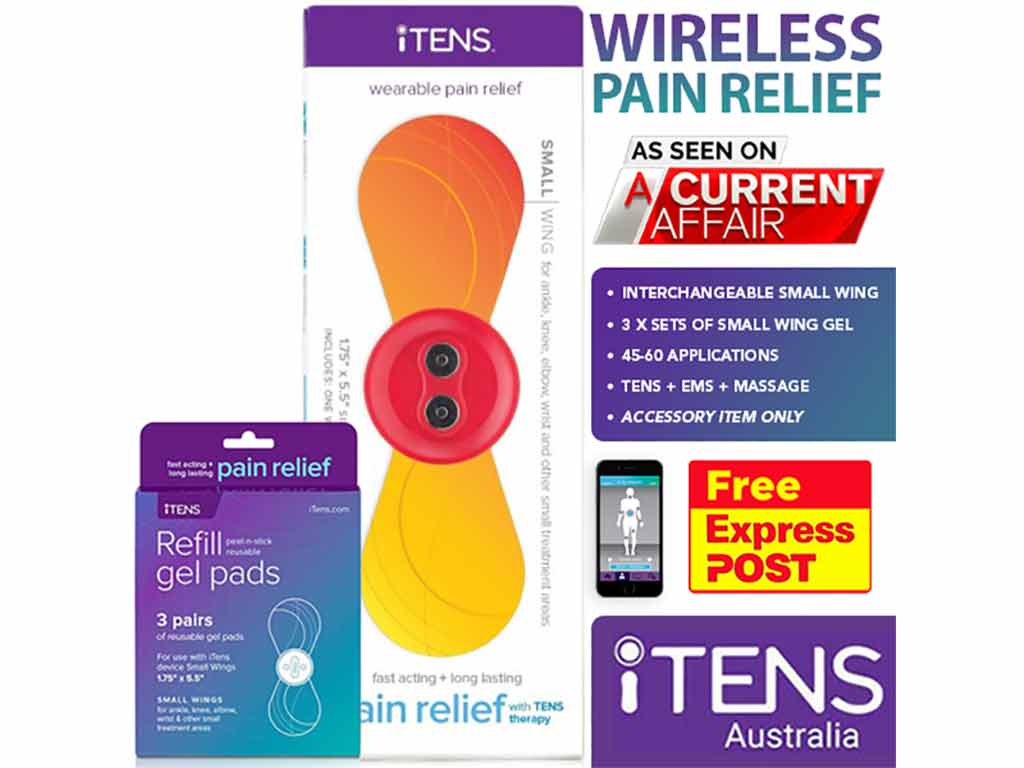
Transcutaneous Electrical Nerve Stimulation or TENS for TMJ is a treatment option that involves the use of electric currents to alleviate pain. It works by stimulating the nerves in the affected area, which can help block pain signals and release natural pain-relieving chemicals called endorphins. While it is difficult to definitively say if TENS is the best treatment option for TMJ, it does offer several benefits over other methods. Some include being non-invasive and drug-free.
Temporomandibular Joint (TMJ) disorder is a condition that affects the jaw joint. It causes pain and discomfort when people try to chew, speak, or even open their mouths. It can significantly impact daily activities for those affected. One of the alternative treatment methods is TENS therapy. This article will provide information on TENS therapy for TMJ, including its mechanism of action and proper application for optimal results.
What is a TENS for TMJ?
A TENS for TMJ is a portable device that can provide pain relief. It consists of a control unit and sets of electrodes. The adhesive electrode pads send electrical currents to stimulate the nearby nerves to reduce pain. Moreover, there are two types of TENS devices that individuals can use: standard and wireless.
A standard TENS machine has a handheld push-button remote and wires connecting to the electrode pads. On the other hand, a wireless TENS machine utilises Bluetooth technology to connect to a smartphone app. It is popular among individuals who prefer convenient and on-the-go pain management. Nevertheless, both types deliver adequate electrical stimulation.
The TENS electrodes are interchangeable in different sizes and shapes. This can help fit different areas of the body and deliver appropriate stimulation levels. Additionally, the pads stick firmly to the skin but do not penetrate or leave permanent marks. It is worth noting that TENS is not a cure for pain but only provides temporary relief.
Symptoms of TMJ
- Jaw pain: individuals may experience discomfort or pain in the jaw joint area.
- Jaw clicking or popping: some people may notice clicking or popping sounds when they open or close their mouths.
- Limited jaw movement: TMJ can restrict the range of motion in the jaw, making it difficult to open or close the mouth fully.
- Headaches: TMJ-related tension and muscle strain can lead to headaches, especially in the temple area.
- Ear discomfort: TMJ may cause ear-related symptoms like ringing, fullness, or pain in the ears.
- Jaw stiffness: people may feel stiffness or tightness in the jaw muscles, making it uncomfortable to chew or talk.

How Does a TENS for TMJ Work?
A TENS for TMJ works by sending electrical impulses through electrodes that are placed near the site of pain. These impulses elicit two general responses from the body, particularly the central nervous system. The first method is based on the Gate Control Theory of Pain. During TENS treatment, the pain gate mechanism in the spinal cord closes. Thus, it blocks the transmission of pain signals to the brain.
The second method involves stimulating the production of endorphins. The body produces more endorphins that help reduce pain perception and improve overall well-being. Endorphins bind to opioid receptors and inhibit them from sending pain messages. They are also known as natural painkillers as they have similar effects to morphine. Hence, it contributes to significant pain alleviation.
Furthermore, the use of a TENS machine creates a positive effect on the circulatory system. The electrical pulses or mild vibrations boost blood flow in the affected area. This helps to reduce inflammation, relax the muscles, and promote faster recovery of damaged tissues and nerve regeneration.
Benefits of Electrotherapy
Electrotherapy, such as TENS, offers a drug-free method of pain relief for individuals with TMJ. Unlike medication, TENS does not have the potential for bothersome side effects. Additionally, it is non-invasive, meaning the device is used externally. It does not involve any needles or surgical interventions, making it a more comfortable option.
Moreover, TENS provides people with greater control over their pain relief. The adjustable settings on the TENS machine allow for a personalised treatment. Furthermore, TENS offers targeted pain relief, as the electrical stimulation is focused on the affected jaw area. These benefits improve the quality of life for people with TMJ.

How to Apply TENS for TMJ
To apply TENS for TMJ, begin by placing the electrode pads on the skin over the affected facial muscles. It is important to ensure the skin is clean and dry before applying the pads. The pads should be on both sides of the face, near the jaw joint and the muscles that control jaw function.
After placing the electrodes, turn on the TENS unit and adjust the intensity and frequency to a comfortable level. Use the TENS unit for the recommended treatment sessions, typically 30 to 45 minutes. The individual needs to pay attention to their pain levels and make sure that the TENS unit is not causing any discomfort.
If the TENS unit does cause any discomfort or increased pain, it should be turned off immediately. Once the session is over, users have to remove the electrodes slowly, peeling them off the skin gently. Furthermore, it is best to clean the pads after each use and store them properly. By following these steps, people can effectively manage their TMJ and experience relief with the help of a TENS unit.
When to See a Medical Professional?
There are situations wherein a person with TMJ should see a medical professional. For instance, if the person experiences other concerning symptoms such as headaches, earaches, or dizziness. These additional symptoms can indicate a more complex issue, necessitating a comprehensive examination and appropriate treatment.
Additionally, persistent or intense pain in the jaw joint despite TENS use may require a visit to a medical professional. These professionals can provide further evaluation and potentially recommend other treatment options. These may include lifestyle modifications, physiotherapy, oral splints, stress management techniques, and medical interventions. Overall, knowing when to seek medical attention is essential to receive the appropriate care.
Conclusion
In conclusion, TENS for TMJ offers portable pain relief through electrical impulses and electrode pads. By closing the pain gate in the spinal cord and boosting endorphin production, it temporarily reduces pain signals and enhances well-being. Whether standard or wireless, the device provides convenient management for individuals seeking on-the-go relief. While TENS may not be the best treatment option, it can still provide numerous benefits for users.
Furthermore, it is crucial to use TENS correctly and be mindful of any discomfort. People should clean and place the electrodes properly, adjust settings for comfort, and not exceed the recommended session duration. If symptoms like headaches, earaches, dizziness, or persistent pain occur, it is important to consult a medical professional. They can offer a thorough evaluation and suggest various treatments to effectively address the condition. Those seeking a wireless TENS device may consider checking out iTENS.







